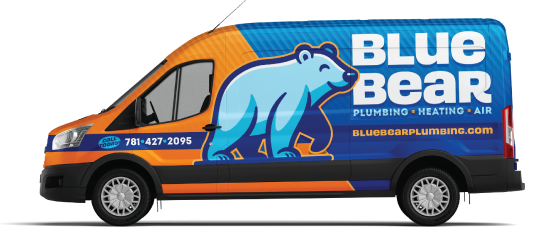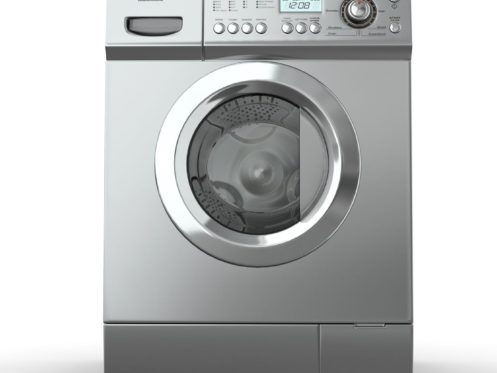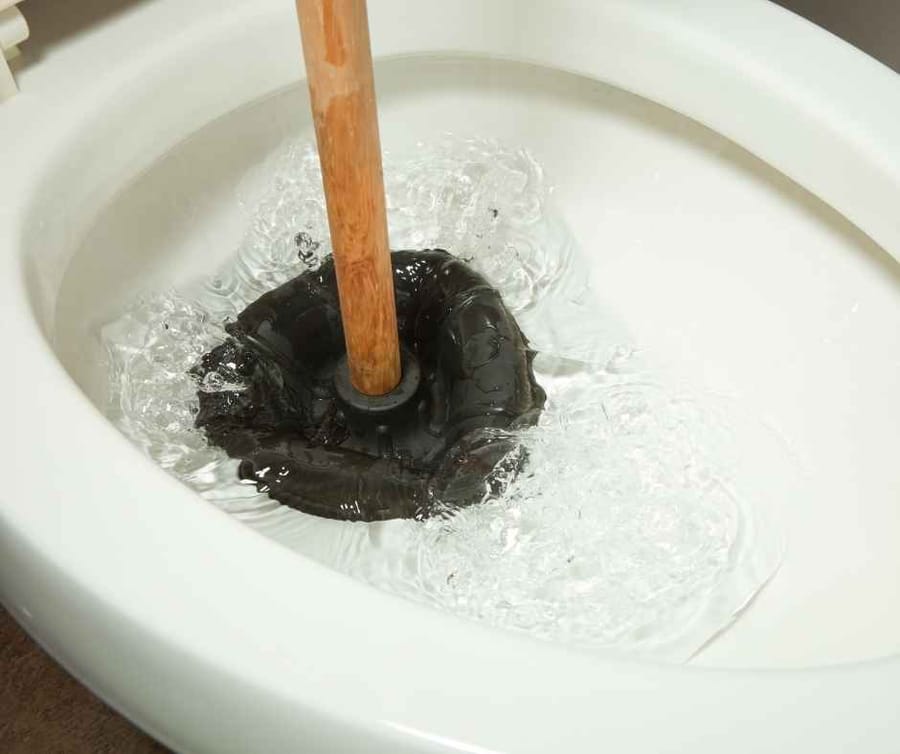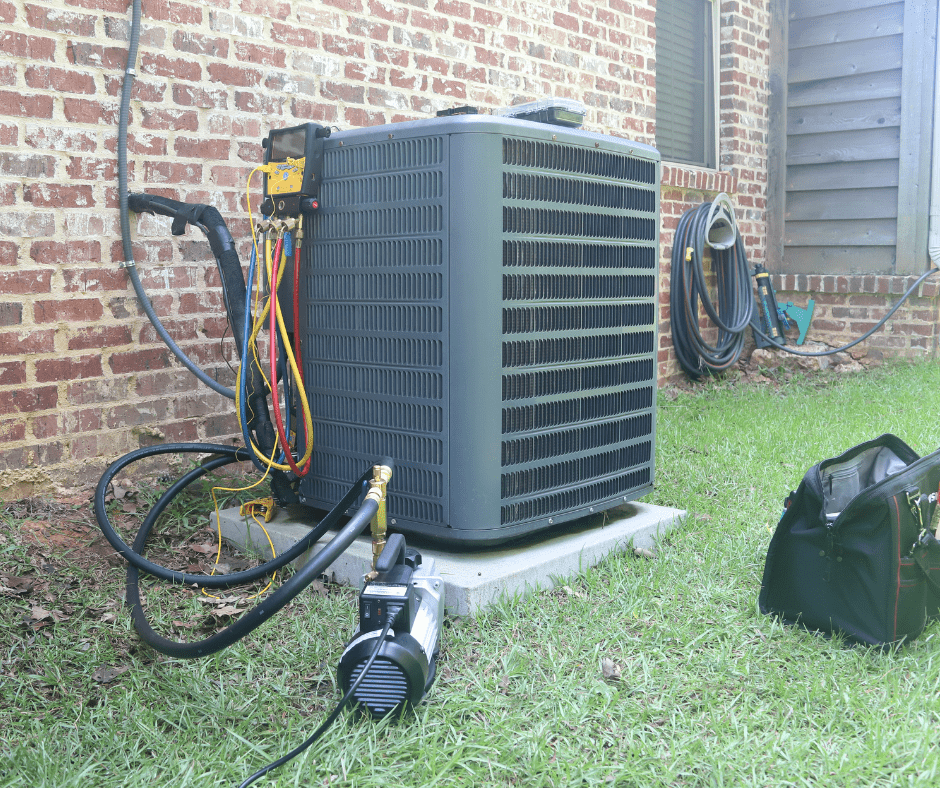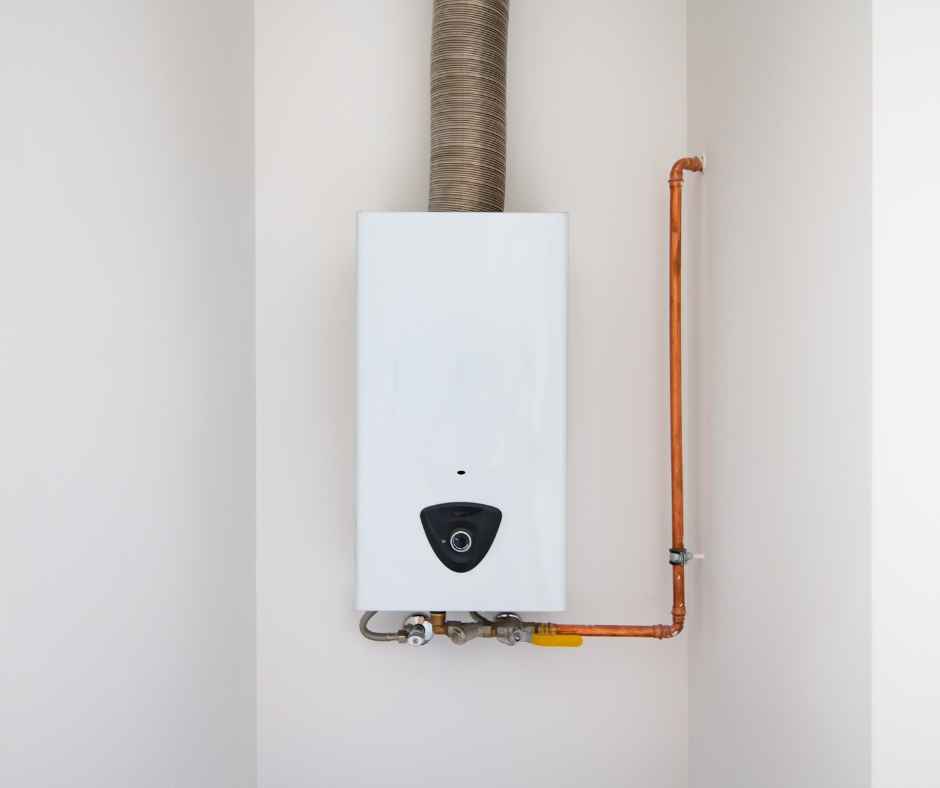The Proper Method of Flushing a Washing Machine
Dirt, mold and other grimy residues can build up inside your washing machine, leading to odor and the spread of bacteria. This can be especially problematic if you have children or pets in your household since these contaminants may have an even more potent effect on sensitive individuals. Fortunately, cleaning out a washing machine is not as complicated as it sounds. Whether you are using a top-loader or front-loading machine, this simple guide can help you access the inner workings of your washer and remove any buildup that has accumulated there.
Step 1 – Remove the Lid
Begin by locating and removing the lid on your washing machine. On a top-loading device, this piece may simply rest atop the machine. On front-loading devices, the lid may detach from the machine and be completely removable. With top-loading models, check along the edge of the lid for a small release button. Use a flat-head screwdriver to press this button and slide it up over an opening.
Step 2 – Locate the Drain Pump
Next, you need to locate the drain pump, which should be behind a small plastic grating along the back of your washing machine. To access the pump, you will need to turn off your washer and unplug it from the wall. Then, slide the metal grating aside and press upward on the plastic door that is on top of the pump.
Step 3 – Remove the Drain Tube
Once you have removed the drain tube, you can easily reach in and remove any build-up that has collected inside.
Step 4 – Clean the O-Rings
If you notice that your washer is not draining properly, it is time to inspect and clean any debris that may have built up on the O-rings inside your machine.
Step 5 – Replace the O-Rings
Replace any O-rings that have become worn. Just insert new ones into their grooves. Once you have replaced these rings, you can direct water to do its job once again.
Step 6 – Clean the Drain Line
If you notice that your washer is not draining, it may be necessary to clean the drain line inside your machine. To do this, you will need to remove the back panel of your washer and find where the drain line exits your equipment. Remove all debris obstructing the drain line and replace the back panel on your washer. Then, plug the washer back in and try running your machine.
Cleaning a Top-Load Washing Machine
First, you need to fill your washing machine with hot water. When you do this, you will want to ensure that there are no clothes in it. Next, you need to add laundry detergent. This product will help the machine run properly and flush out all the residues sitting inside. After the machine is loaded, you will want to start it up using a hot water cycle. The machine should run two or three times to ensure that all residues are flushed out. If the machine does not run properly while going through the process, it may be best to have this done professionally.
Cleaning a Front-Load Washer
While a top-loader might have water and detergent buildup, front-loaders are usually a little bit easier to clean out. You need to add the right amount of soap, and the machine will clean itself. If you have a front load washer, most of the cleaning will be done automatically by the machine. A quick rinse and spin at the end of each cycle will help to remove any residue that might have built up over time. However, it is still important to check the bottom of the machine regularly for any residue that may have gone unnoticed. You should also avoid overloading your machine, as this can cause the tub to become unbalanced and can damage your washer.
Other Tips for Keeping Your Washing Machine Squeaky Clean
You should check the instructions on your washing machine to see how often you should run laundry cycles and what temperature you should use. Make sure to keep the inside of your washing machine free of any hair and residue that might collect on the bottom. If you notice that your machine is starting to smell, it may signify that you need to run washing cycles with soap and hot water. Cleaning your washing machine inside will help prevent the buildup of bacteria and other contaminants.
A great method of keeping your washing machine clean is completely natural. Simply add vinegar and run a washing cycle. Afterward, wipe everything down. Next, run another cycle with baking soda. When you’re through, leave the lid open to let the machine dry out. This will work with either type of equipment.
How to Clean a Washing Machine’s Detergent Drawer
One of the best ways to help keep your washing machine clean is by emptying the detergent drawer after each load. This will prevent the buildup of residue that can cause your machine to work inefficiently. If you wash heavily soiled clothing, you should also make sure to regularly wipe away any grime or water that may collect on the inside surfaces of your detergent drawer.
How to Clean a Washing Machine’s Detergent Drawer
If you notice that your washing machine is having trouble with its detergent sensor, there are a few things you can try to help it work properly again. The first thing to check is the detergent cup inside the machine. If you notice that it is not completely filled with water, then it will not be able to register when you need to add new detergent.
If you have already checked the cup, it may be necessary to clean the sensor inside the machine. First, empty a cup of water into your machine and start a cycle. Then, check to see if there are any black marks on the bottom of the tub. If the water is clean, then you can use a toothpick to clean the sensor. Also, you can use a small amount of muriatic acid mixed with hot water to help remove stains from the inside of your machine. You will want to make sure that you wear gloves when doing this.
If the sensor still does not work, you will probably need to replace it. Most front-load washers have a sensor inside the detergent cup, while top-load machines usually have sensors located outside the tub.
How to Disinfect Your Washing Machine
If you notice that your washing machine is not draining properly, you may try to clean it with bleach. To do this, you will need to pour a few drops of bleach into the drain at the bottom of your machine. After this, fill your washer up with water, and run a hot cycle. This should help the bleach and water disinfect the insides of your machine.
After trying this, you will want to make sure that your machine is completely dry. Then, you can try running a cycle with detergent to ensure that the bleach did not damage your equipment. If the issue persists, it may be necessary to replace the drain pump.
When you notice that your washer is not draining properly and you can’t correct the problem easily on your own, turn to our professionals at Blue Bear Plumbing, Heating & Air. We assist people from Boston to Cape Cod, and our experts can correct any problem you encounter. We’re located in Pembroke, and we focus on delivering quality service to our customers. Besides offering a complete range of residential and commercial plumbing and pipefitting services, we perform heating and cooling installation, maintenance and repair. If you need some help keeping your home up and running, call us today.
Contact Us Today
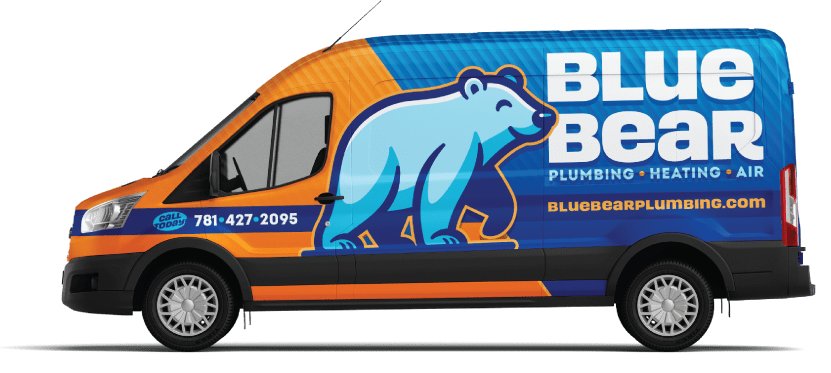


Routine maintenance is vital for the longevity of your plumbing, heating, and air conditioning systems. Sign up for our Blue Care Maintenance Plan for annual service and exclusive membership benefits, including:
- Priority scheduling
- Waived service fee during normal business hours
- 10% discount on service calls
- 3% discount on new installations
- Two-year parts and labor warranty on new equipment


